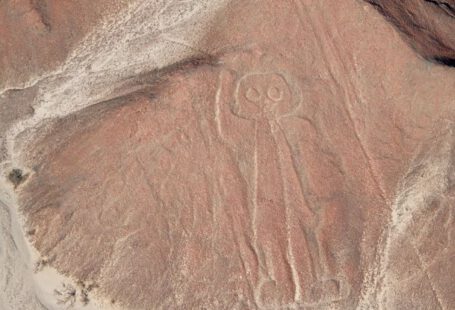Dragons have captured the imagination of people for centuries. These mythical creatures, often depicted as large, fire-breathing reptiles with wings, have been a staple in folklore, literature, and art. But do dragons exist only in the realms of myths and legends, or is there a possibility that they were once real creatures that roamed the earth? Let’s explore this intriguing question and separate fact from fiction.
The Origin of Dragons
To understand whether dragons exist in myths, we need to delve into their origins. The concept of dragons can be traced back to ancient civilizations such as the Mesopotamians, Egyptians, and Chinese. In these cultures, dragons were revered as powerful creatures associated with wisdom, strength, and even divinity. These early depictions of dragons were often more serpentine in nature, lacking the wings that later became a common feature in Western mythology.
Dragons in Western Mythology
In Western mythology, dragons are often portrayed as fearsome creatures with the ability to fly and breathe fire. These dragons are typically depicted as having scales, sharp claws, and a long, serpentine body. Stories of knights slaying dragons to rescue damsels in distress are prevalent in European folklore, further cementing the image of dragons as mythical beings.
Dragons in Eastern Mythology
In contrast to their Western counterparts, dragons in Eastern mythology are revered and associated with good fortune. Chinese dragons, for example, are seen as symbols of power, strength, and prosperity. They are depicted as long, slender creatures with multiple claws, often without wings. These dragons are believed to bring blessings and are an integral part of Chinese culture and traditions.
The Scientific Perspective
From a scientific standpoint, there is no evidence to support the existence of dragons as mythical creatures. Paleontologists have not discovered any fossils or remains that resemble the traditional depiction of dragons. The closest semblance to a dragon-like creature in the fossil record is the pterosaur, an extinct group of flying reptiles. However, they lack the fire-breathing abilities and other fantastical traits associated with dragons.
Symbolism and Interpretations
While dragons may not exist in the literal sense, their presence in myths and folklore serves as a powerful symbol. Dragons often embody concepts such as power, wisdom, and the struggle between good and evil. They can also represent the forces of nature or act as guardians of hidden treasures. The interpretation of dragons varies across cultures, offering insight into the beliefs and values of different societies.
The Influence of Dragons
Dragons have had a significant impact on popular culture. They continue to inspire countless books, movies, and video games, captivating audiences of all ages. From J.R.R. Tolkien’s Smaug in “The Hobbit” to the magnificent Drogon in “Game of Thrones,” dragons have become iconic figures that fuel our imagination and transport us to fantastical realms.
In Conclusion
Dragons may not exist in the physical world, but their presence in myths and legends has left an indelible mark on human culture. Whether they are seen as symbols of power or as creatures of fantasy, dragons continue to captivate our imagination. So, while we may never encounter a dragon in reality, their enduring popularity reminds us of the power of storytelling and the enduring allure of mythical creatures.





